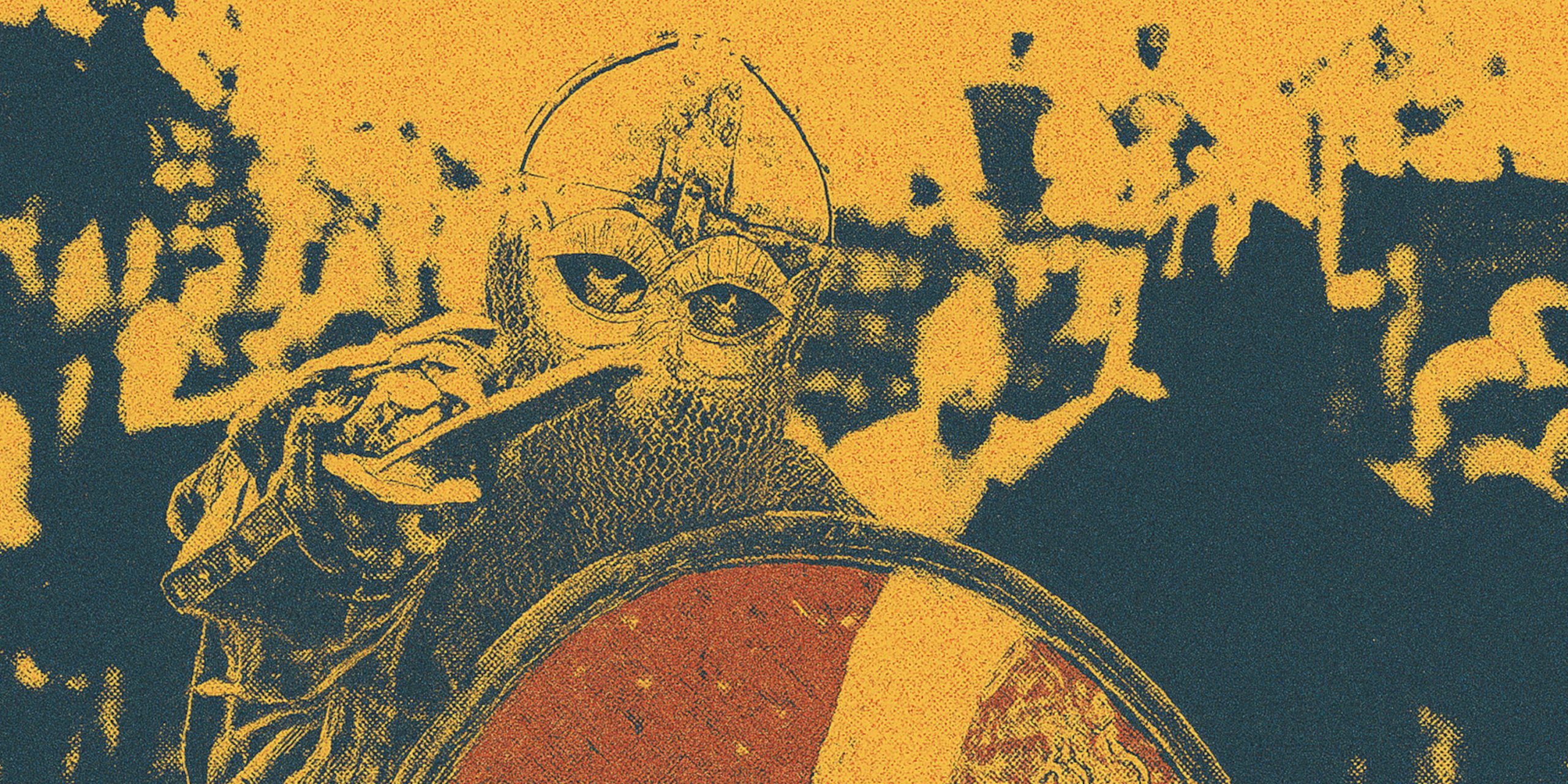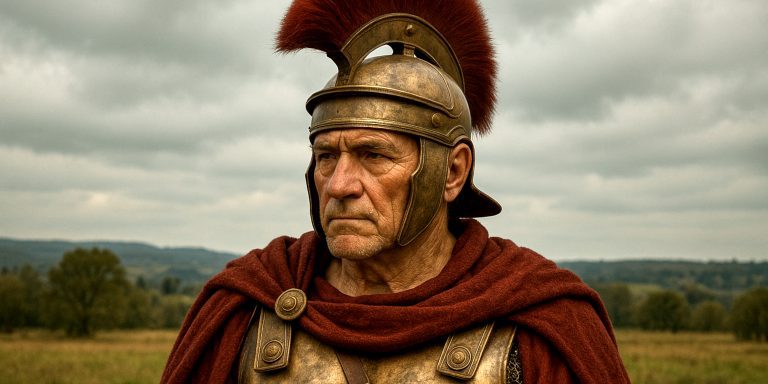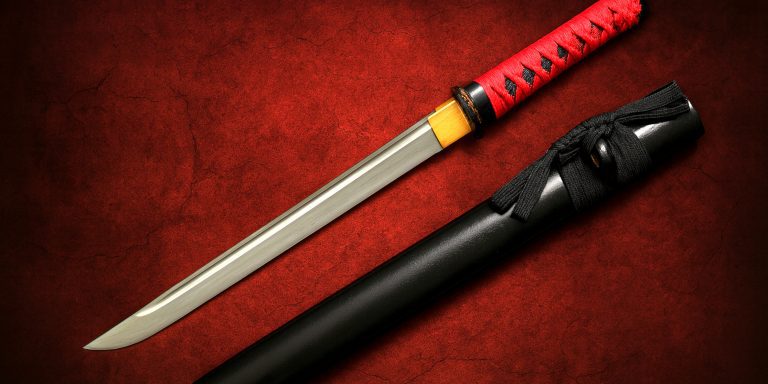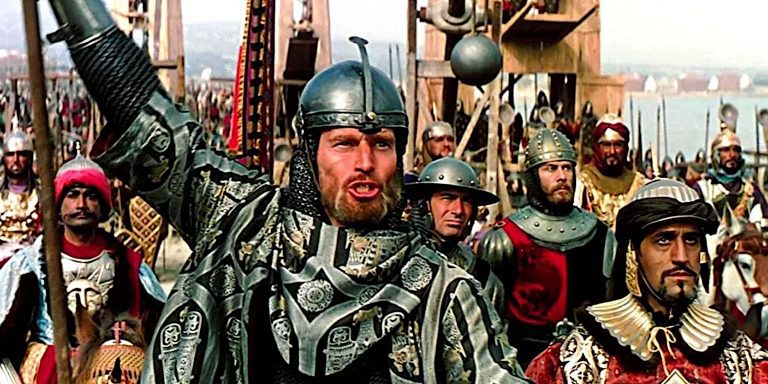
Historical reenactment brings the past to life, and few objects hold as much symbolic weight as the sword. Whether for staged combat, living history displays, or educational events, the choice of sword is both practical and cultural. Reenactors favour certain types not only for historical accuracy but also for safety, accessibility, and how they perform in controlled combat scenarios. This article outlines some of the most commonly used sword types across various reenactment periods and explains the reasons behind their popularity.
Arming Sword
The arming sword is one of the most widely used weapons in medieval reenactment, especially for portraying the High to Late Middle Ages.
Characteristics:
- Single-handed
- Straight, double-edged blade
- Typically used with a shield
Why it’s popular:
- Versatile and widely represented in historical records
- Compatible with multiple periods from the 11th to 15th centuries
- Balanced and manageable for stage combat or historical fencing
- Readily available from most reputable swordsmiths and suppliers
Viking Sword
Used extensively in early medieval reenactment across Europe, particularly by groups portraying Norse, Saxon, and Carolingian warriors.
Characteristics:
- Broad, double-edged blade
- Short grip with lobed or trilobate pommels
- Often features pattern-welded steel on higher-end replicas
Why it’s popular:
- Visually distinctive and iconic of early medieval Europe
- Well suited to blunt steel combat due to robust build
- Popular among both living history and combat-focused reenactors
Longsword
Favoured by 14th to 16th-century reenactors, the longsword represents the knightly weapon of late medieval chivalry.
Characteristics:
- Two-handed grip with straight crossguard
- Tapering blade suited to both cut and thrust
- Often associated with judicial duels and martial arts treatises
Why it’s popular:
- Central to historical fencing traditions such as those taught in the German and Italian schools
- Featured in surviving manuals, making technique-focused training more authentic
- Well balanced for both sparring and demonstrations
Falchion
Although less common than some others, the falchion is popular in certain contexts due to its distinctive shape and impact-driven design.
Characteristics:
- Curved, single-edged blade
- Varies from cleaver-like forms to sabre-shaped versions
- Associated with both infantry and knights
Why it’s popular:
- Striking silhouette makes it appealing for visual impact
- Found in both Western Europe and Crusader contexts
- Effective in simulated cutting, without excessive penetration risk
Sabre
Used predominantly in Napoleonic, Victorian, and 19th-century military reenactments.
Characteristics:
- Curved blade, often single-edged
- Typically used by cavalry
- Brass or steel guard, sometimes with a full basket
Why it’s popular:
- Closely tied to mounted reenactments and military displays
- Easier to control in drills and ceremonial contexts
- Surviving originals and replicas are relatively easy to source
Smallsword and Rapier
Popular among 17th to 18th-century reenactors, especially those portraying officers, duelists, or civilians.
Characteristics:
- Light, thrusting weapons
- Complex hilts for hand protection
- Sometimes worn for status as much as combat
Why it’s popular:
- Ideal for interpretive duelling displays or fencing-based reenactment
- Works well for demonstrations of period etiquette and dress
- Offers a refined alternative to bulkier battlefield swords
Practice and Blunt Replicas
Regardless of type, most reenactors use blunted steel swords or specially designed training weapons.
Why they’re essential:
- Safety is paramount in reenactment
- Blunted edges prevent serious injury in choreographed or semi-contact combat
- Many are balanced similarly to live blades, aiding authenticity in movement
Considerations When Choosing a Reenactment Sword
- Historical Period: Authenticity matters, so match the weapon to the era and region you are portraying.
- Combat or Display: Blunt steel is preferred for fighting; wood, aluminium, or plastic may be used in educational contexts.
- Weight and Balance: A well-balanced sword reduces fatigue and improves handling.
- Supplier Reputation: Choose manufacturers who understand reenactment needs, such as proper edge thickness and tang construction.
Seven Swords takeaway
The popularity of certain swords in reenactment often reflects a blend of historical relevance, practical performance, and the visual or cultural identity they help convey. A Viking sword may anchor a portrayal of early medieval life, while a longsword allows deep engagement with historical martial arts. Regardless of type, a well-chosen reenactment sword supports the storyteller as much as the swordsman.



